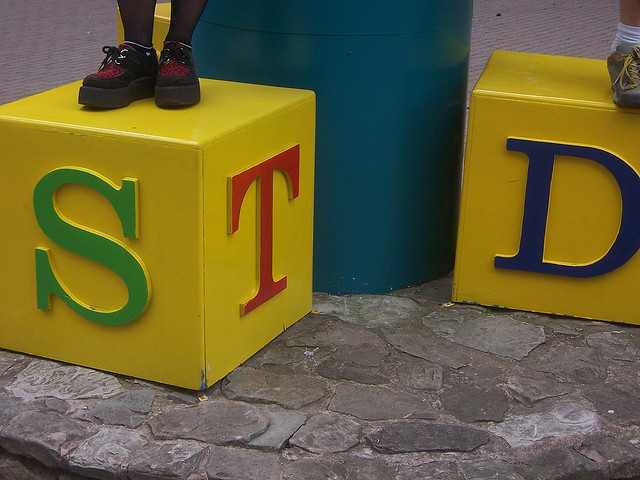STDs, also known as sexually transmitted diseases or sexually transmitted infections (STIs) are infections that are passed from person to person during sex. STDs are common. In fact, over half of all people get an STD by the age of 25. Many STDs show no signs or symptoms, so a lot of people who have an STD don’t actually know it. The best way to know if you or your partner has an STD is to get tested.
The positive thing is, most STDs can be cured and all STDs can be treated (even HIV).
You might have heard of some of these STDs before:
- Chlamydia
- Human Immunodeficiency Virus (HIV)
- Genital warts or Human Papillomavirus (HPV)
- Genital herpes
- Hepatitis B
- Gonorrhea
- Pubic lice or crabs
- Syphilis
Different types of STDs need different kinds of treatment. But many STDs, like chlamydia and gonorrhea, are easily treated. On the other hand, STDs like HIV and herpes are not curable. This means that you can treat some of the symptoms, but you cannot remove the virus from your system. If left untreated, some STDs can have negative health consequences, like pelvic pain and infertility (the inability to have children).
Acknowledgement: This fact sheet was originally developed by youth and staff at ReachOut.com, a website that helps teens get through tough times.


